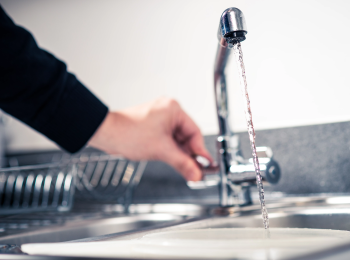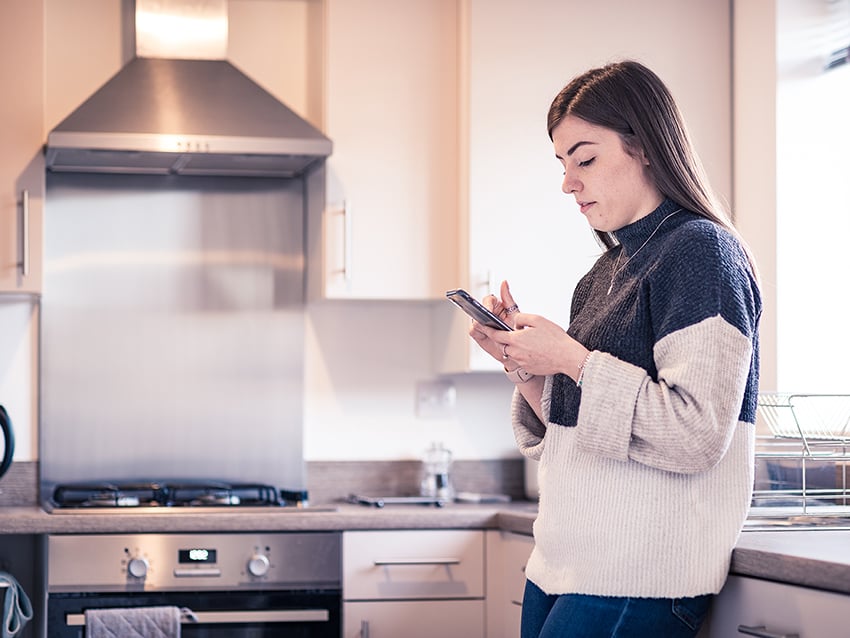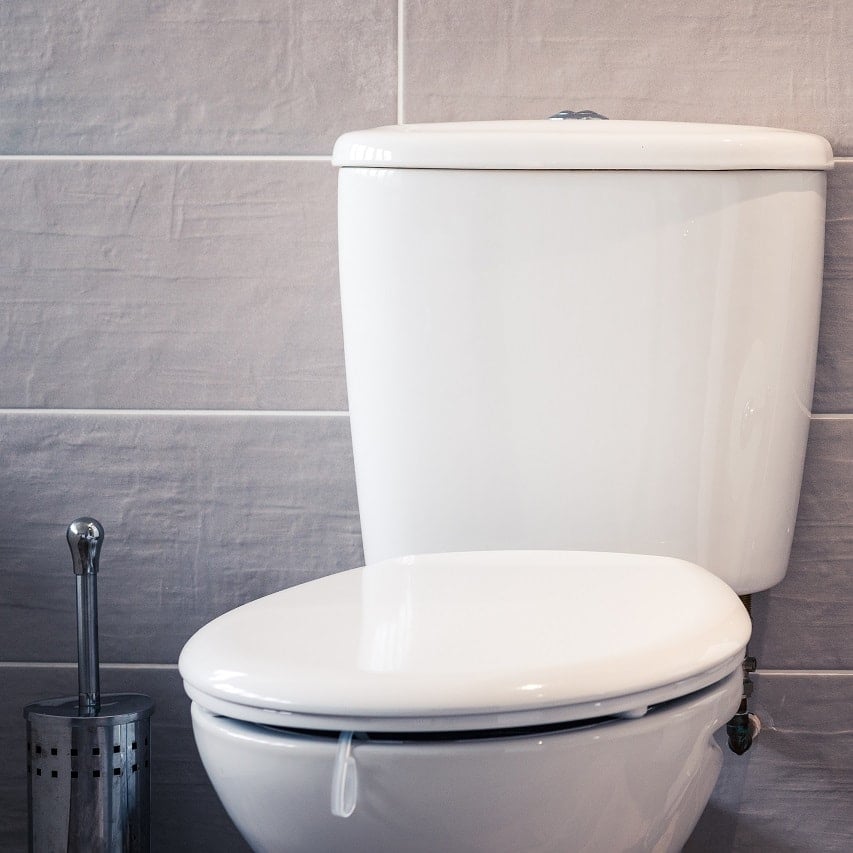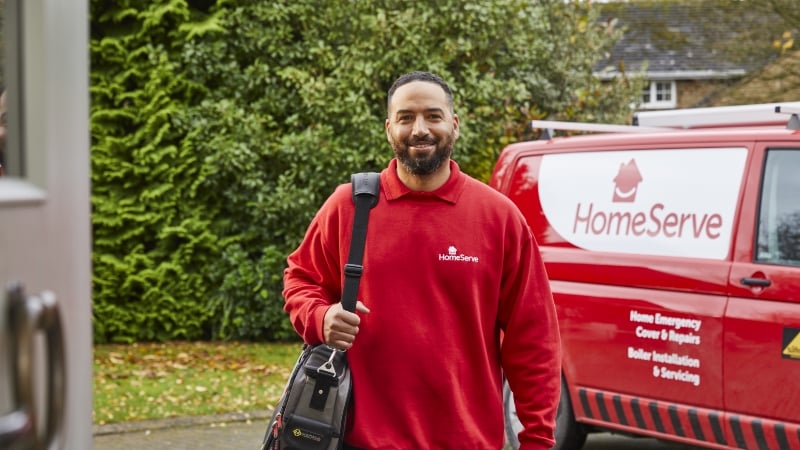Check for leaks in your home
How to check for a leak
Leaks can be hidden and hard to find. However, it could be as simple as a dripping tap or a leaking toilet that needs repairing.
Start by checking your taps and toilets. A leaking toilet loo could waste up to 215 litres of water every day. Follow our steps to check for a leaking toilet.
Check for leaks with a water meter
If you have a water meter, you can use it to check for leaks. You’ll usually find your meter in your kitchen or bathroom, under the driveway or path outside, or in the road. If you’re not sure where it is, your online account will show its location.
If your meter is outside your home
Watch this video to find out how to check for leaks if your meter is outside your home.
If your meter is inside your home
Watch this video to find out how to check for leaks if your meter is inside your home.
If you prefer a step-by-step guide, here's how to check for a leak:
1. Turn off all taps but leave the internal stop tap open. It's important that no water is used during the test.
2. Take a meter reading, making sure you read all the digits and dials. If you can’t find your meter, log in to your online account to find out where it's located.
3. Wait one to two hours before taking a second reading. You could take a reading before bedtime and the second reading the next morning.
4. Take the second reading.
If the second reading is higher, and you haven't used any water, please continue with the steps below.
1. This time, turn off all taps and the internal stop tap. The stop tap is usually found under the kitchen sink, bathroom or in a connecting garage. Make sure the water is off by turning the kitchen tap on until the water stops. If water continues, the internal stop tap may not be fully off, or it could be faulty and needs replacing.
6. Take a meter reading, making sure you read all the digits and dials.
7. Wait one to two hours before taking another reading. Again, a good time to do this is in the evening before going to bed.
8. Take a second reading before reopening the internal stop tap.
Results
If the meter reading is higher after the first part of the test and not the second part, it suggests the leak is on your private pipework. A leak on private pipework is the homeowner's responsibility to fix.
Check your home insurance, as it may cover leak repairs. If you're not covered, contact an approved plumber at WaterSafe to repair it. If you fix a leak within 30 days, you may qualify for a leak allowance.
If the meter reading is higher after both part one and part two of the test, message us on WhatsApp (opens new window) so we can find out if the leak is on our pipes, or on private pipes.
If the leak is on our pipes, we will fix it.
Find out more
Are you sure?
Changes are waiting to be saved



